Deep inside bustling Mar-a-Lago, a storage room where secrets were stashed
[ad_1]
At the southeast corner of this area, behind a simple door, is a large closet-type space that workers once called “the mold room” in honor of leftover stonework molds deposited in the corner, the former employee said. Today, staffers think of the room more like the former president’s personal closet, one said. It is here, in this windowless nook, where some of the nation’s most sensitive secrets allegedly were stashed.
The room plays a starring role in the Justice Department’s damning recitation of its interactions with Trump and his lawyers, including the partially unsealed affidavit that accompanied the FBI’s request to search Mar-a-Lago last month. The “STORAGE ROOM,” that document called it, explaining that the space did not meet exacting standards described in federal regulations to house highly classified documents.
Court filings say a top Justice Department official and a gaggle of FBI agents were allowed to tour the storage room when they visited Mar-a-Lago on June 3 to pick up classified documents collected by Trump’s lawyers in response to a grand jury subpoena. A lawyer for Trump said the room was where they would find all of documents that had been carted from the White House to Florida after Trump left office.
Two months later, agents returned with a court-approved search warrant and carted off more than two dozen boxes of documents and assorted other items gathered from the storage room and the former president’s office. The raid exposed anew the potential risks of keeping highly sensitive material at a club that hosts weddings, galas and other large events, where outsiders are common and many employees — as well as some visitors — are foreign nationals.
Not yet clear is why Trump chose the basement storage room to keep highly sensitive documents nor who exactly had access to the documents kept there — or who could have gotten access had they tried. Spokespeople for Trump and his company did not respond to requests for comment. Trump’s lawyers have disclosed that the Justice Department sought surveillance video from the club in late June; people familiar with the matter said the video showed various people coming in and out of the larger storage area.
People close to Trump said a variety of Mar-a-Lago and Trump staffers had access to that area beneath the public living room. Access to the closet where the documents were kept was more restricted, they said.
“It’s a very limited number of people that have access down there,” Trump lawyer Christina Bobb told Fox News host Laura Ingraham a few days after the FBI search. “Certainly Mar-a-Lago is secure, in and of itself. Just getting onto the compound is hard. Then it was a locked door. Getting back to the basement, there’s security down there, only certain members of staff can get down there.”
“And then,” she added, “there’s only one key.”
A security ‘nightmare’
Bobb did not respond to later questions about the key — including where it was kept and who controlled access to it. Some of her other assertions in the days after the search have since been called into question. (For instance, she told The Washington Post last month that she and Trump lawyer Evan Corcoran allowed a Justice official to open boxes and flip through documents in June, a claim prosecutors have now alleged is untrue.) Still, another person familiar with the room, who like several others interviewed for this story spoke on the condition of anonymity because of the ongoing criminal case, agreed that only one key existed to the lock on the closet’s door.
A single locked door — even one with only one key — hardly meets the exacting specifications required by federal regulations to physically store classified documents. Documents classified at the top secret level, for example, are required to be stored in a “security container” approved by the General Services Administration. The container must be inspected every two hours by a person with clearance to review top secret material or feature an intrusion alarm that meets specific requirements.
The Justice Department official who toured the room in June wrote an email to Corcoran five days later to complain it did not meet the law’s requirements.
“As I previously indicated to you, Mar-a-Lago does not include a secure location authorized for the storage of classified information,” wrote Jay Bratt, the Justice Department’s Chief of the Counterintelligence and Export Control Section, according to court documents. “As such, it appears that since the time classified documents were removed from the secure facilities at the White House and moved to Mar-a-Lago on or around January 20, 2021, they have not been handled in an appropriate manner or stored in an appropriate location.”
Bratt asked that the storage room “be secured” and that all boxes moved from the White House to Mar-a-Lago “be preserved in that room in their current condition until further notice.”
Experts said security at the Spanish-style club has long been a headache. The facility has served a frequent residence for Trump and his family during the winter months, including while he was president. But it also boasts tennis courts, a dining room, two pools, a spa and beachfront facilities, all open to its members and their guests. Its giant ballroom and other larger areas are frequently booked for large parties and political and charitable fundraisers, all open to even more visitors, some of them foreign nationals.
Since Trump left office, Republican candidates also have flocked to the club for official events, to genuflect to Trump and attempt to secure his endorsement. Political donors have flocked, too. People who have visited the club since Trump left office said they were allowed in without so much as an identification check.
“I think Mar-a-Lago is a counterintelligence nightmare,” said Joel Brenner, former head of U.S. counterintelligence under the director of National Intelligence and former inspector general for the National Security Agency, citing the flow of hundreds of people, the presence of foreign nationals and Trump’s long-established carelessness with national secrets.
A person who is familiar with the club’s workings and spoke on the condition of anonymity described regular movement from club facilities to the basement and back. “This is an operating property,” this person said. “There’s a kitchen and a guy who does pastries and a liquor cabinet. There’s a restaurant here. You see activity. A guy getting vodka to bring to the bar. A person going to get cupcakes to bring upstairs.”
Mixing business and pleasure
Mar-a-Lago’s 17 acres stretch across Palm Beach Island, from the Intracoastal Waterway to the Atlantic Ocean. It was opened in 1927 as a private estate by Marjorie Merriweather Post, the cereal heiress who was at the time one of the richest women in the world. Post gave the estate its name, which means “From Sea to Lake.” In 1973, she donated the 128-room home to the U.S. government, intending for it to become a winter White House, but the government deemed it too expensive to maintain and turned it over to the private Post Foundation.
Trump purchased the property from the foundation in 1985 for the bargain price of $5 million, plus $3 million more for its collection of European furnishings. After using it as a private home for about a decade, Trump converted the property to a club in 1995, throwing open the doors to paid members, their guests and other attendees of various events.
The original home came with a basement area accessible by a spiral staircase at the north end. Workers soon realized that a club would need far more storage and embarked on a project to expand the basement area underneath the south end of the home as well, said the former employee, who spoke on the condition of anonymity to avoid being targeted by Trump supporters.
That’s when the space beneath the living room and the connecting storage room at the heart of the FBI dispute were built.
After Trump’s election, he was eager to use the home as the winter presidential residence — a comfortable weekend spot for him and his family. Visits came with the added benefit of giving priceless promotion to his private business, which operated during his presidency much as it had before.
Trump has long relied on temporary foreign labor to make the club hum during the winter months known locally as The Season, a practice that did not end while he was president or after. (The club is closed to members each year during the swampy Florida summer months from Mother’s Day to Halloween.) According to documents filed with the Labor Department, the club got permission to hire 87 foreign waiters, cooks and housekeepers for the season that began last fall and ended this spring. The company has asked to hire 92 more to start in October. A spokeswoman for the Trump Organization did not respond to a question about how foreign workers are vetted.
Brenner, the former counterintelligence office, said the U.S. government has special rules are in place to prevent foreign nationals from having access to classified documents. He speculated that Mar-a-Lago’s foreign labor force likely elicited interest from counterintelligence professionals.
“The rules about foreign nationals are not in place because we think that particular foreigners are bad people,” he said. “But we don’t trust them as much. We have rules to keep information vital to the national security not only in the hands of Americans, but Americans who have been vetted and are trusted and have clearances.”
Showing off ‘love letters’
Trump has long reveled in intermingling sensitive presidential duties with his wealthy partying guests at Mar-a-Lago.
As president and in the months after he left office, he was known to show off correspondence that he had received from North Korean leader Kim Jong Un — which he had termed “love letters” — to guests at his club, people in his orbit have said. (It was these letters that originally sparked the dispute that eventually led to the FBI search, after officials at the National Archives and Records Administration noticed the famous correspondence was not among the presidential records they received from Trump’s White House and requested they and other missing documents be returned. After negotiations, Trump in January returned 15 boxes, including the letters, but kept dozens of other boxes of documents in Florida.)
Even while president, Trump’s practices at Mar-a-Lago concerned security experts. A month after taking office, Trump faced questions after he and Japanese Prime Minister Shinzo Abe popped open a laptop and reviewed a North Korean missile launch while dining on Mar-a-Lago’s outdoor patio, surrounded by paid guests, while a wedding celebration took place nearby.
At the time, Sean Spicer, the White House press secretary, told reporters that “no classified material” had been shared at the table and that Trump had been briefed at a secure location both before and after dinner. John Bolton, Trump’s former national security adviser, recalled that a special secure room had been installed at Mar-a-Lago for the review of classified documents while Trump was president.
But Bratt’s June email suggests the room was decertified or no longer in place after Trump left office.
The government revealed the email in a court filing late Tuesday. The filing also accused Trump’s team of refusing to let Bratt and the FBI agents open or look inside the boxes that were in the storage room when they visited June 3. Trump’s lawyers countered the government had “significantly mischaracterized” the meeting but did not say how.
Government records were “likely concealed and removed from the Storage Room,” the Justice Department’s filing says, including some that were taken from the room before the lawyers even conducted their search to comply with the subpoena. The government did not specify what it believes was removed from the room, or by whom.
After getting a court-approved search warrant, prosecutors said, FBI agents found more than 100 additional classified documents at Mar-a-Lago, including 76 in the storage room, 11 of them marked “top secret.” Other items were found in Trump’s office, including three documents with classification markings found in desk drawers, along with the former president’s current and expired passports.
Trump has insisted that he had declassified all of the documents found at Mar-a-Lago — though there’s no evidence he undertook a process while president to do so, and as a former president he has no power to declare records no longer classified.
In its filing, the Justice Department noted that over months of negotiations over the documents, Trump’s lawyers never asserted that the documents — clearly marked as classified including at the highest levels — had been declassified.
Chance encounters, slipping through
Mar-a-Lago has experienced a number of embarrassing security lapses while Trump was president and since he left Washington.
In 2019, a Chinese national was arrested carrying phones and other electronic devices after getting past a reception area by saying she was headed to the pool.
Late last month, the Pittsburgh Post-Gazette reported that a Russian-speaking woman named Inna Yashchyshyn visited Mar-a-Lago last year posing as Anna de Rothschild, an heiress of the famous European banking family.
John LeFevre, an investment banker from Texas, said in an interview that he was introduced to Yashchyshyn as Anna de Rothschild while having drinks around the Mar-a-Lago pool. He described the meeting as the kind of chance encounter not unusual at Trump’s club.
“Everyone is friendly and generous. At any given time, there are eight people at a table, then 12 people, then two tables are pushed together,” he said. “People are just hanging out, often with people they don’t know well or didn’t arrive with.”
Andrew Smallman, a lawyer for Yashchyshyn, said she is a Ukrainian citizen and longtime U.S. resident, and that at the time she visited Mar-a-Lago she was acting under the influence of a former employer. He said she was able to enter Trump’s home with a friend without showing any identification nor answering any questions from security.
“He spoke to someone,” Small said, “and they were waved inside.”
Carol D. Leonnig and Alice Crites contributed to this report.
[ad_2]
Read More:Deep inside bustling Mar-a-Lago, a storage room where secrets were stashed

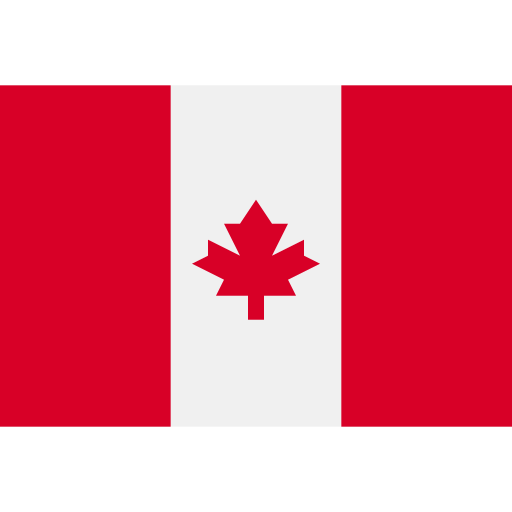 Canada
Canada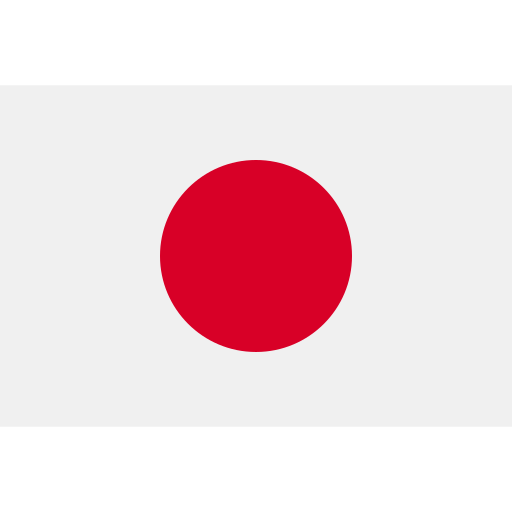 Japan
Japan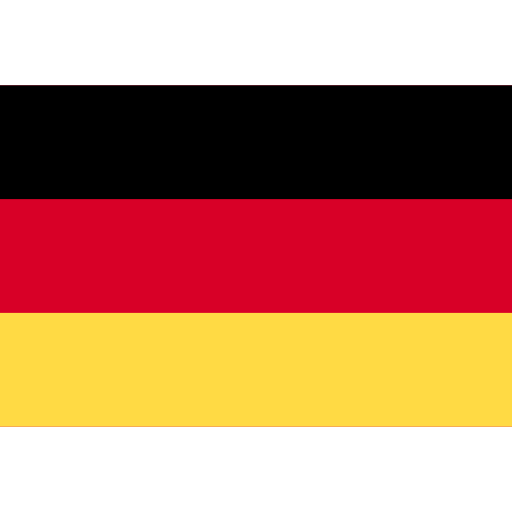 Germany
Germany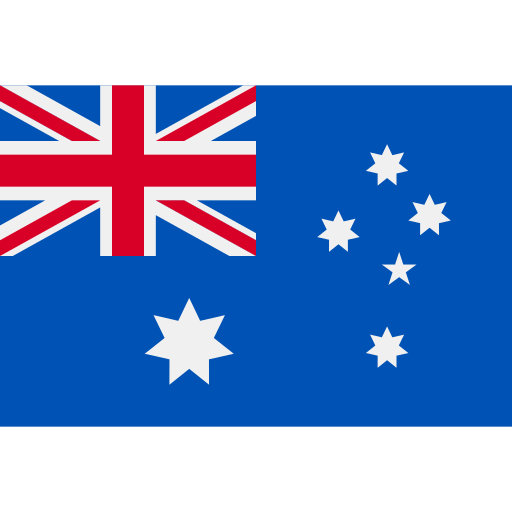 Australia
Australia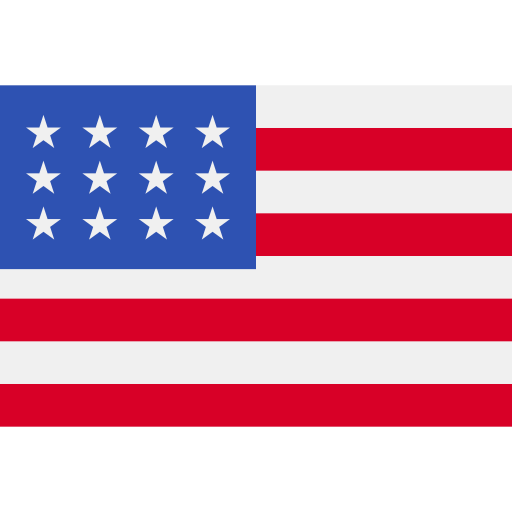 United States
United States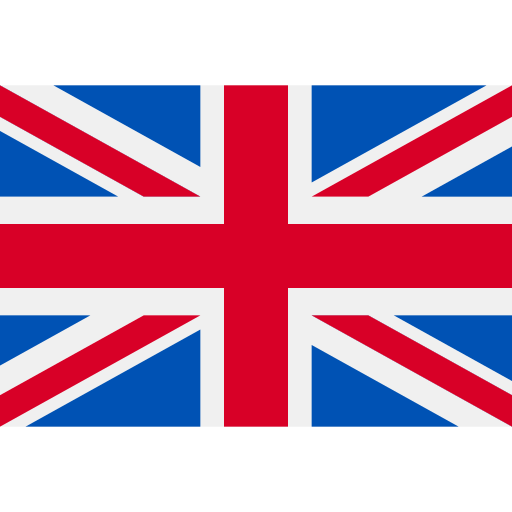 United Kingdom
United Kingdom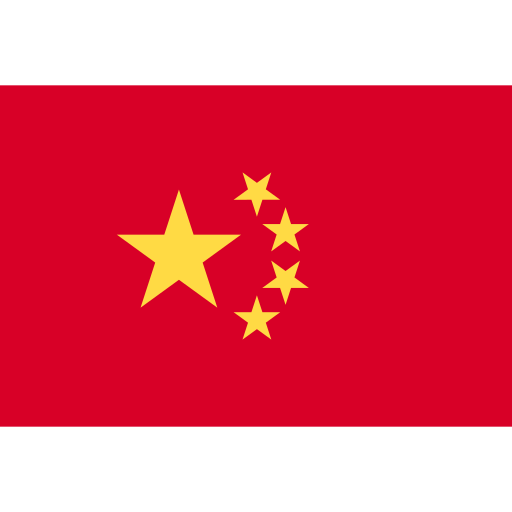 China
China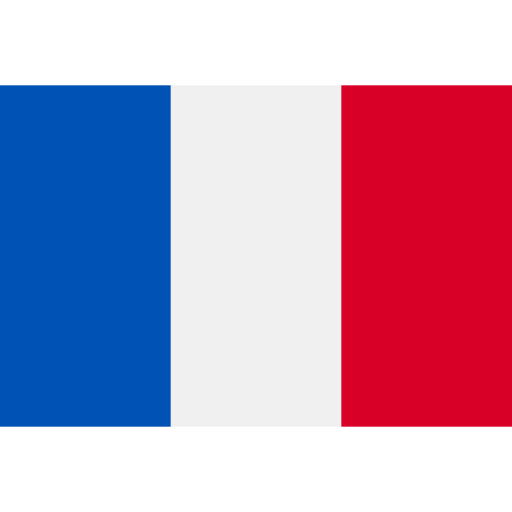 France
France Ukraine
Ukraine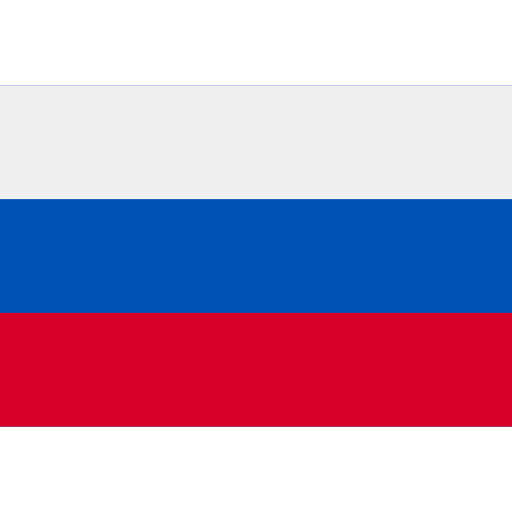 Russia
Russia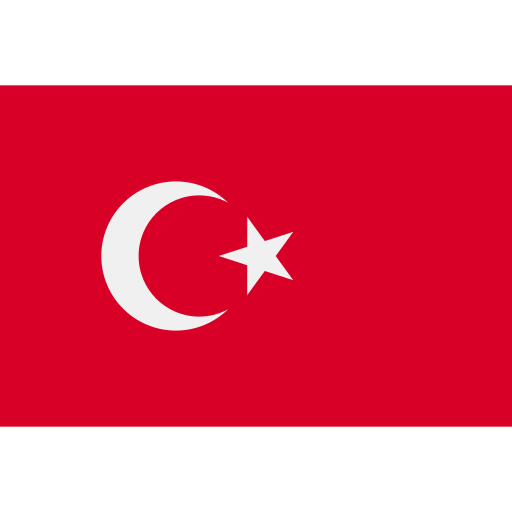 Turkey
Turkey